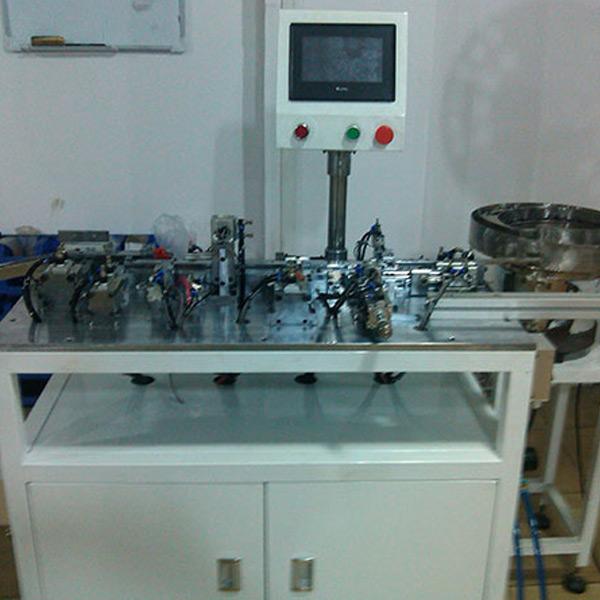The effect of temperature on injection molding
Mold temperature is an important variable in injection molding—no matter what plastic is injected, it must be ensured that the mold surface is substantially wet.
A hot mold surface keeps the plastic surface liquid long enough to build pressure within the cavity. Reproduction of the cavity surface is high if the cavity is filled and the cavity pressure can press the soft plastic against the metal before the frozen skin hardens. On the other hand, if the plastic entering the cavity at low pressure is suspended, no matter how short, its slight contact with the metal can cause smearing, sometimes referred to as gate smearing.
For every plastic and plastic part, there is a mold surface temperature limit beyond which one or more adverse effects can occur (eg, components can bleed burrs). Higher mold temperatures mean less resistance to flow.
On many injection molding machines, this naturally means faster flow through gates and cavities, since the injection flow control valve used does not correct for this change, faster filling results in higher efficiency in sprues and cavities pressure. May cause flash burrs.
Since the hotter model does not freeze the plastic that entered the flash edge area prior to high pressure buildup, the melt can flash around the ejector pin and spill into the parting line gap. This shows the need to have good injection rate control, which some modern flow control programmers do.
In general, an increase in mold temperature reduces the condensation layer of plastic in the cavity, allowing the molten material to flow more easily in the cavity, resulting in greater part weight and better surface quality. At the same time, the increase in mold temperature will also increase the tensile strength of the part.

A female 90 degree, 180 degree shared assembly machine

Wet curtain paper cutter

Wet curtain paper pier machine

Wet curtain paper equipment